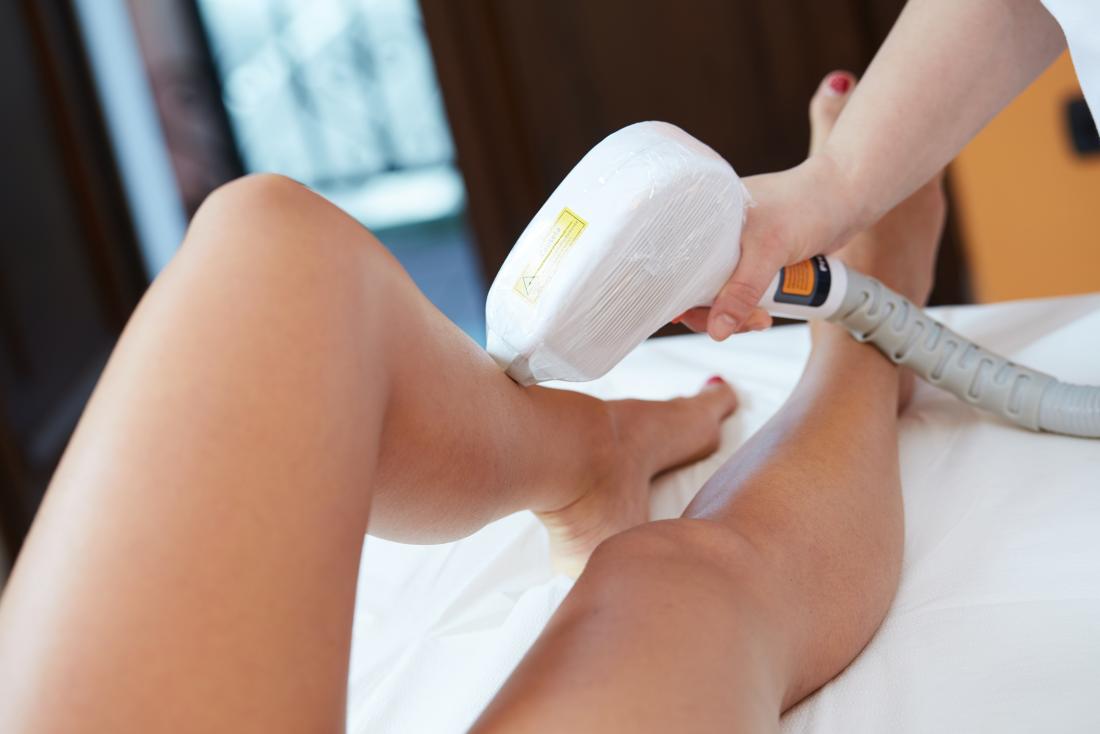Laser Hair Removal Therapy For Ingrown Hair
Introduced about two decades back, laser hair removal therapy is now widely accepted by dermatologists as a safe and powerful method of removing undesirable hair from little and significant regions of the physique. Laser therapy is also authorized by the US Food and Drug Administration (FDA).

These days, laser treatment is getting preferred over other approaches of hair removal because of its speed and efficacy. To get helpful outcomes and to ensure safety, you should really get the laser therapy conduced by a skilled and knowledgeable qualified. Laser therapy is extremely popular for removal of unwanted 學生脫毛 from the face, underarms, legs, pubic area, back, chest, abdomen and shoulders.
How does laser therapy perform?
In laser hair removal therapy, an intense, pulsating beam of focused laser light power is passed via the skin targeting dark pigment, known as melanin, in hair. The intense heat of laser light burns the hair follicle causing permanent damage and thereby prevents the development of new hair. Laser does not heat or harm the surrounding skin.
Laser therapy is not a permanent system of hair removal as several men and women claim it to be. Even so, it does retain unwanted physique at bay for quite a few months and even years altogether.
Comparison with electrolysis
Electrolysis is one more popular strategy of hair removal that has been about for more than a century. Discussed below are variations amongst laser therapy and electrolysis treatment.
-Approach of therapy – Electrolysis is an invasive technique in which a needle penetrates deep by means of the skin in the hair follicle whilst laser is a non-invasive technique. In , only light power is applied for hair removal
-Time taken – Electrolysis consumes additional time than laser therapy as it treats single hair follicle at a time. Laser on the other hand, targets dozens of follicles simultaneously and therefore requires significantly less time. Small procedures may well only need a single session
-Re-remedy – Considering the fact that electrolysis destroys a follicle permanently, a treated hair follicle is not to be treated again. In case of laser, if a follicle treated with laser light begins to grow hair in due course, you may well have to treat the similar follicle once again
-Effectiveness – The FDA presently allows the term “Permanent Hair Removal” for electrolysis. It is productive on all hair colors as opposed to laser. On the other hand research prove that laser hair removal is faster, significantly less painful and extra trustworthy hair removal therapy than electrolysis but is powerful for only some hair colors.
Parameters that impact the result of laser therapy
Since light is absorbed far better by dark objects, laser therapy performs ideal with dark coarse hair. Light skin and dark hair are an perfect mixture, nevertheless new laser machines are now capable to target dark black hair even in individuals with dark skin. Besides, the skill and expertise of the professional matters a lot in the case of laser therapy.
Quantity of sessions necessary for laser hair removal
To achieve effective final results, a number of sessions of laser hair removal could be expected. The number of sessions rely on numerous variables such as region of the physique treated, skin color, coarseness of hair and gender. Besides, hair grows in several phases and laser treatment is only productive in the growth phase. Quite a few sessions are necessary to eradicate all hair in phases of development. Ordinarily five-7 sessions may well be expected to make an region completely hair-cost-free but the quantity of sessions might improve to as many as 12 sessions of hair therapy.
Intervals between sessions
According to current parameters, interval between sessions of laser remedy may well be spaced 4-six weeks apart for most locations. Having said that, intervals involving remedies have not been standardized and rely upon individual response to remedy. For stubborn areas such as the underarms, chest and back several sessions may possibly be required at 6-week intervals. It is advised that one particular really should wait until treated hairs have been shed and sufficient hairs have come in after the hair-free period to have an additional therapy.
